|
Did you know the European edible dormouse can hibernate for over 11 months of the year? This rodent is larger than most dormice, and it is common throughout most of Europe and into western Asia. The edible portion of its name came from the Romans, who considered it a culinary delicacy.
The edible dormouse normally hibernates for about six months each year, depending on the climatic conditions. However, when conditions get harsh, and food scarce, they can hibernate for over 11 months. Even during the months when the edible dormouse is not hibernating, it is active only about 200 minutes each day. Wait... let's think about this. During a normal year, an edible dormouse is active only six months, and only 200 minutes each day. There are about 525,600 minutes (8,760 hours) in a year. But the dormouse is only active 200 minutes per day for six months, which totals 36,000 minutes (600 hours). So, that means, in a normal year, the dormouse is active only 6.8% of the entire year! And in a stressful year, when they hibernate 11 months, they are active only 100 hours the entire year. That's only 1.14% of the year. Lazy little suckers. Or, maybe they've figured out how to live the good life.
0 Comments
Did you know the Dracula ant is the fastest moving animal on Earth? No, they don't run fast, but researchers have recently found that they can snap their jaws shut at 200 miles per hour (322 km/hr).
Here's how it works. Think about what happens when you snap your fingers. You press your finger against your thumb until it builds up a lot of pressure. Then, when you force your finger past your thumb, it moves really fast, striking the pad of your palm with a slapping sound. Now picture your finger moving 1,000 times faster, and you'll appreciate the speed of the Dracula ant's jaws. The ant simply pushes its large jaws together so hard that one of them bends, kind of like a spring. Finally, the pressure becomes so great that the bent jaw slips past the other jaw and shoots to the side with astounding speed. Five thousand times faster than the blink of an eye. Why the name Dracula ant? It comes from the way they sometimes suck the blood from their own young. Don't worry, this doesn't harm the babies. It's a form of non-destructive cannibalism. The parents cannot eat solid food, so they feed prey animals to their larvae, then they chew a hole in the side of the larvae and drink their blood. I know... it's weird. Scientists call this feeding arrangement a "social stomach." Did you know that, for every human on Earth, there are 60 billion roundworms? That's billion with a B. And these are just the ones that live in the earth's topsoil. Roundworms, also called nematodes, make up a diverse phylum of animals. some of them are parasites, but many more are free-living creatures that have adapted to almost every habitat on Earth. If you went outside and drew a one-meter square on top of the soil, that square would likely contain over a million living nematodes. Several hundred per teaspoon of soil.
If you just consider total numbers of individuals, nematodes make up 80% of the animals on this planet. If roundworms are so abundant, why do we not think about them and talk about them more often? Well, nematologists talk about them all the time, but the rest of us not so much. Probably because most of these gazillions of roundworms are quite small—out of sight, out of mind. Most of them are about 1/500 of an inch (50 µm) in diameter and 1/20 of an inch (1 mm) long. What do all these nematodes do in the soil? Some gobble up bacteria for entertainment. Others prefer feeding on fungi, and still others are predators, attacking protists as well as other animals, including other nematodes. The next time you scoop up a handful of soil in your hand, remember that it contains an entire world of little critters going about their daily business. Did you know lynxes go on epic journeys, traveling over 2,100 miles? Just a few years ago, no one even imagined that these 20 to 30 pound (9 to 14 kg) cats could travel such immense distances. But during the last five years, scientists have radio-collared 170 of these felines to study their movements in Alaska and Canada.
After a lynx is old enough to live on its own, it will go on a journey, called a dispersal. One of the studied lynxes, nicknamed Hobo, traveled 2,174 miles (3,500 km). And not just on flat ground. Hobo swam across several large, dangerous rivers and climbed over tall mountains on its journey. Why do these cats travel such long distances? No one knows for sure yet, but scientists think they are following the population cycles of the snowshoe hare, which is the lynx's favorite prey animal. They continue traveling, even enduring amazingly harsh conditions, until they find a good population of hares, then they stop and establish a new home territory. Did you know the oarfish is the longest bony fish in the world? Bony fish are those that have real bones, as opposed to cartilage fish such as sharks. Oarfish are shaped like eels on steroids, and they live deep in oceans, at about 3,300 feet (1,000 meters) below the surface. Therefore, they are almost never seen alive by humans because they rarely survive near the surface. Why? Because at 1,000 meters down there are no water currents, therefore oarfish have very weak swimming muscles and cannot endure the turbulent water near the surface.
So, almost everything we know about the oarfish is from dead ones that have washed ashore. Live oarfish have only been caught on video on two or three occasions. We do know that oarfish feed by filtering plankton from the water. Below is a photo taken in 1996. This oarfish, held by a group of servicemen, was found washed up on the shore near San Diego, California. The fish was 23 feet (7 m) long and weighed 300 pounds (140 kg). Continuing with the theme of stinky animals, did you know there is a bird that stinks so bad that it's often called the stinkbird? The hoatzin (pronounced hoh-AT-sin) lives in the tropics of the Amazon Basin. It's smelly, but unlike a skunk, it doesn't use the smell as a defense from predators. It simply stinks because of what it eats and how it processes its food.
The hoatzin is unusual in that it is one of the few birds that almost exclusively eats leaves. Because of its diet, the hoatzin has developed an unusual digestive system. The hoatzin is the only bird that has a huge crop specialized for fermentation of the leaves it eats. This crop is so large that there is hardly enough room for the bird's flight muscles, making it a very weak flyer. This leaf-fermentation process produces extremely stinky substances, which permeate the bird's entire body. Therefore, the entire bird has a nasty, manure-like smell. Because of this odor, the hoatzin is never hunted for food by native people unless they are literally starving. |
Stan's Cogitations
Everyone needs a creative outlet. That's why I write. Archives
April 2024
|

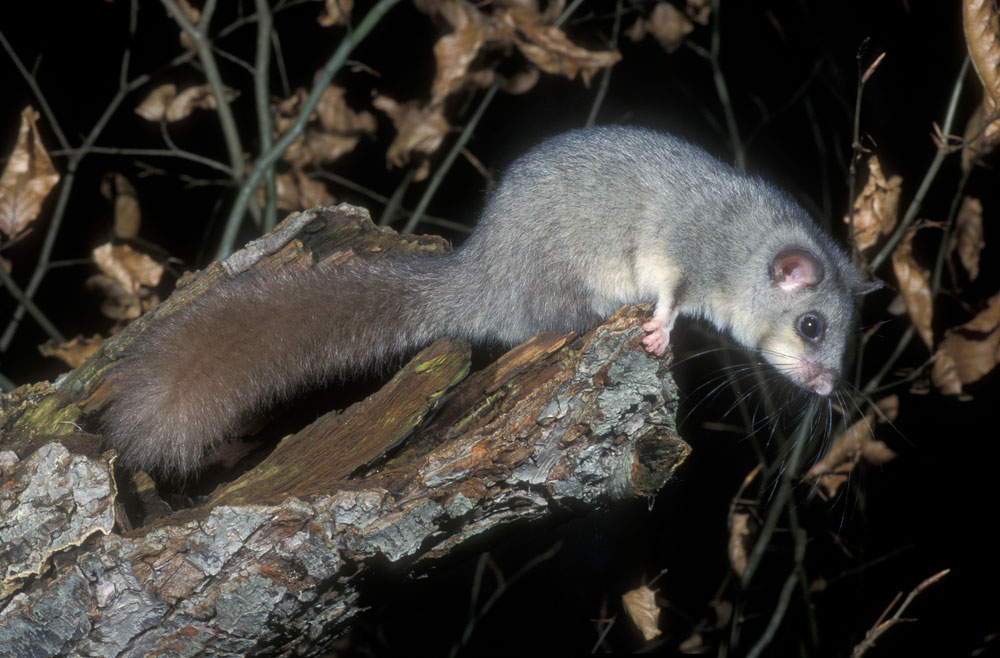
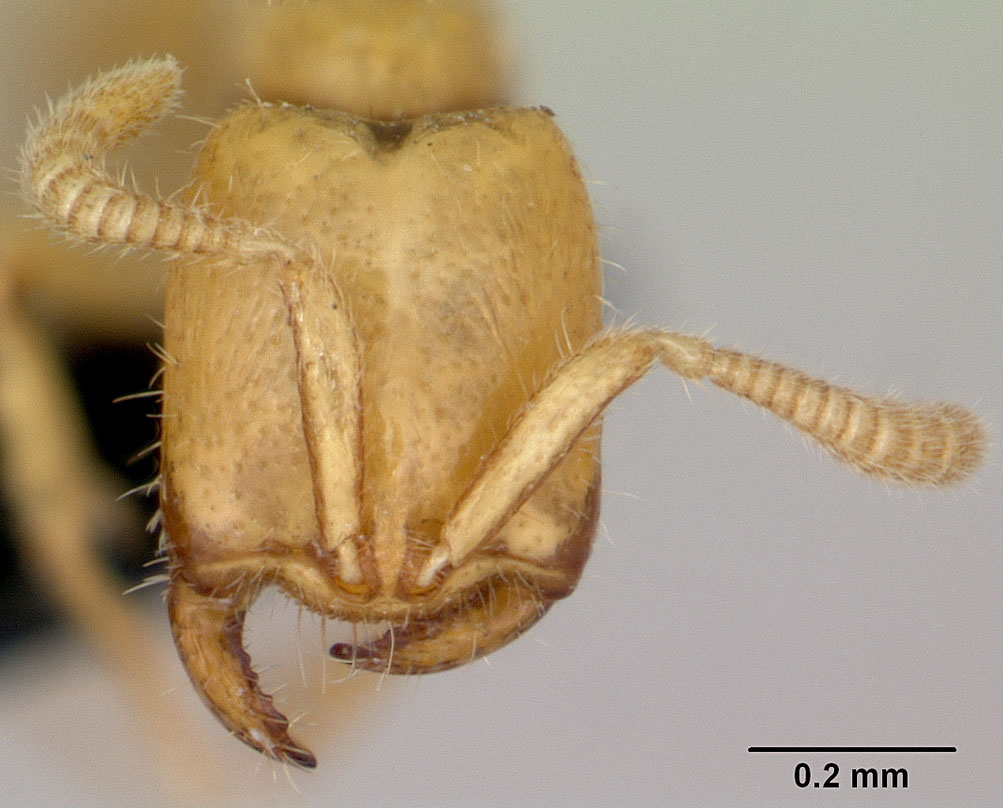
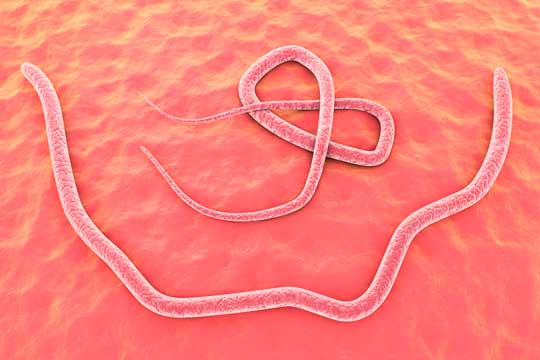
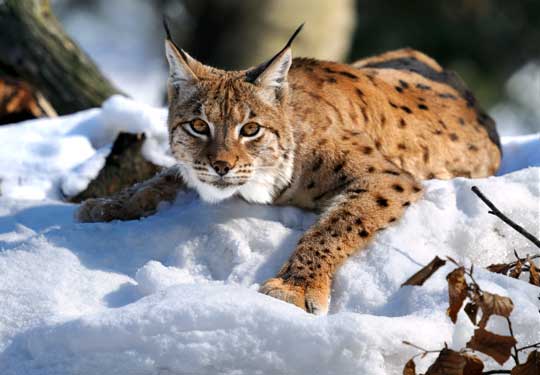
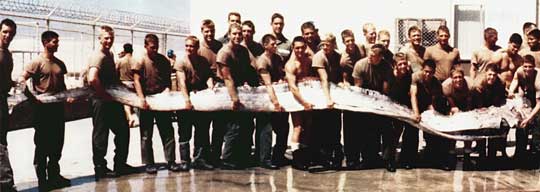
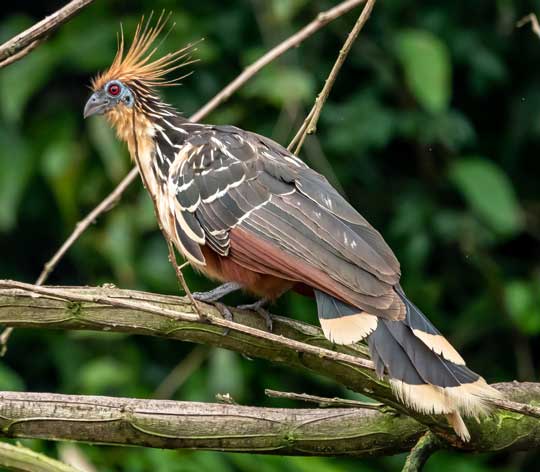
 RSS Feed
RSS Feed